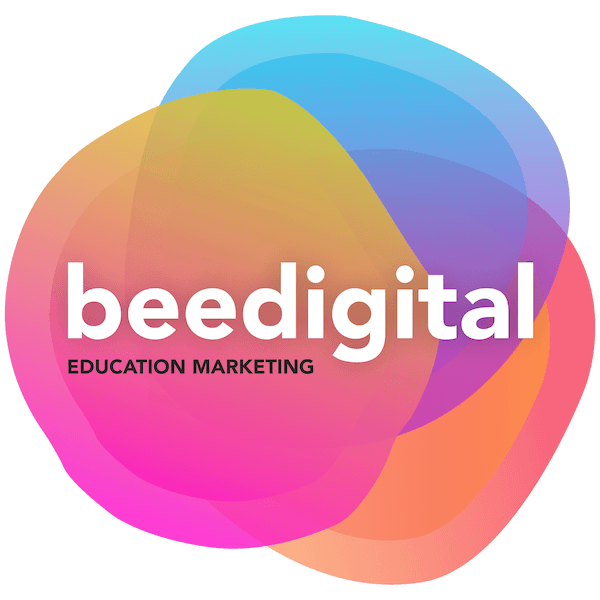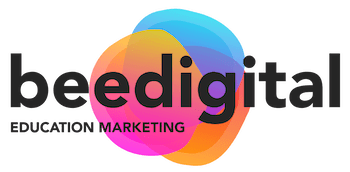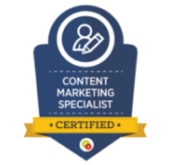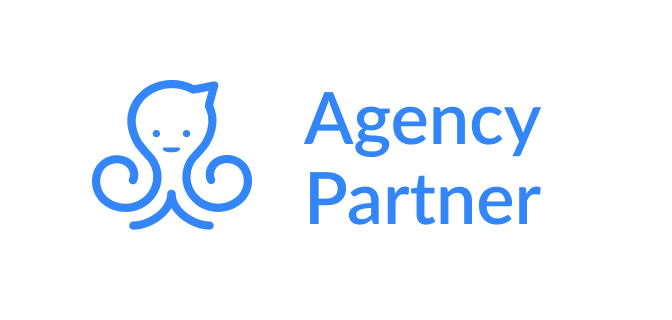It’s difficult to predict the future, so please regard this article as a reflection of what may happen and probably should happen in the area of marketing in the coming year.
Do a search on the internet and you will discover that there are many, many articles on this theme, most of which agree with each other only in one or two areas.
The eleven trends suggested here are based partly from that research, but also on the edtech trends identified in Reflections on Technology in Schools in the time of Covid Part 1 and Reflections on Technology in Schools in the time of Covid: Part 2, and the education market.
1. Availability
Now that all of us have been involved in online education, virtual events, and meeting with friends on Zoom, the availability of technology when and where we need it has become more important than ever.
This has been highlighted by revelations that the much-trumpeted laptops for digitally disadvantaged pupils scheme have resulted in fewer devices than promised being delivered, and devices being delivered that were not entirely fit for purpose.
As a general point, then, we have all become more digitally savvy – do you know anybody who has not used Zoom? – and our expectations have been raised.
From a marketing point of view, I think companies would be wise to consider their availability for customers and potential customers. More and more company websites have a live chat option or a chatbot.
They also furnish the visitor with the opportunity to email the company, with a response promised in the next two or three days, but there are those of us for whom that sounds like a lifetime.
In short, we’ve become savvier, more demanding, more used to technology and people being available, and more used to interactivity.
2. Greater use of VR and AR
According to The Times, sales of virtual reality goggles have risen by 350% since the outbreak of the pandemic, in order to escape the reality of staring at four walls day in and day out.
In other words, one beneficial side effect of coronavirus is that the barriers to entry to the world of VR have been lowered. It is no longer the province of geeks and gamers.
How long will it be, then, before we start to see more and more advertisements that cannot be fully appreciated without first donning some VR goggles or a VR headset?
3. Direct appeal to parents
The increased sales in VR headsets and goggles have occurred in the consumer market.
Given that, and given the fact that so many youngsters are now having to be educated while at home, it would make sense for edtech companies to target parents directly.
Arguably, the need for inexpensive but powerful devices has never been greater, nor vast swathes of the population more receptive.
4. More use of AI
I’ve noticed a growing number of services that automate or semi-automate online research, and then either draft an article based on that research and identification of keywords, or provide a list of main points the article ought to cover.
Using AI in this context means, potentially, that more research can be done in less time.
5. More use of AI in both research and crafting content
This is one of the trends suggested in an article on digital marketing in 2021. According to the article:
“67% of marketing leaders already leverage marketing automation tools. Though marketing automation software has existed for years, developers regularly release new digital capabilities. In 2021, this technology will further evolve, allowing marketers to better convert leads, generate personalized content, and track results.”
6. More use of social media
According to search engine watch, the use of social media has “surged” in recent months, so savvy businesses should devote more time and resources into social media marketing.
Large edtech companies do this already of course, but the article is aimed mainly at smaller businesses.
7. Use of ultra-niche keywords
The same article also advises (small) businesses to target ultra-niche keywords in their marketing.
This means acting on the suggestion made in 10 Tips for launching your 2021 strategy, to find out who your typical customers are and the challenges they face.
In other words, general marketing has to give way, to some extent, to much more highly focused marketing.
8. Free content
There is so much free stuff out there that companies will almost certainly need to make more use of high-quality free content, in order to compete.
The quality of some of these freebies is difficult to overstate. For example, some companies (not in mainstream education) have been offering free virtual tours and talks as a lead magnet for their paid-for services.
The free tours are of the same length and high quality as the paid-for ones.
It means that anyone pondering whether or not to buy a tour doesn’t have to go by the reviews and hope for the best. They can literally try before they buy.
9. Reflection of, and accommodation of, the trends of edtech usage in schools
The trends in edtech use in schools covered in the “technology in the time of Covid” articles mentioned earlier suggest that marketing to schools in 2021 should take into account the greater use of flipped learning (which might indicate a demand for short videos, for example), accessibility of technology, and seamless integration with a school’s MIS (because nobody now has the time or inclination to have to re-enter data or export it and import it from one application to another).
10. Flexibility as requirements change
I should think a good selling point for a company itself, regardless of its actual product, is flexibility.
Given that we don’t know from one day to the next whether all, some or none of the kids are going to be in school, or learning from home, or whatever, companies will need to offer a high degree of flexibility in what they offer and how they offer it.
11. Awareness of the changing consumer
Just as we mentioned as a general point at the start of this article, it’s probably the case that even the most technophobic and tech-sceptic teacher has become more confident with technology, more reliant upon it and, crucially, savvier about what it can help teachers and pupils to achieve.
This increased savviness is bound to make potential customers more demanding. Edtech companies who ignore that likelihood in their approach to marketing will do at their peril.












